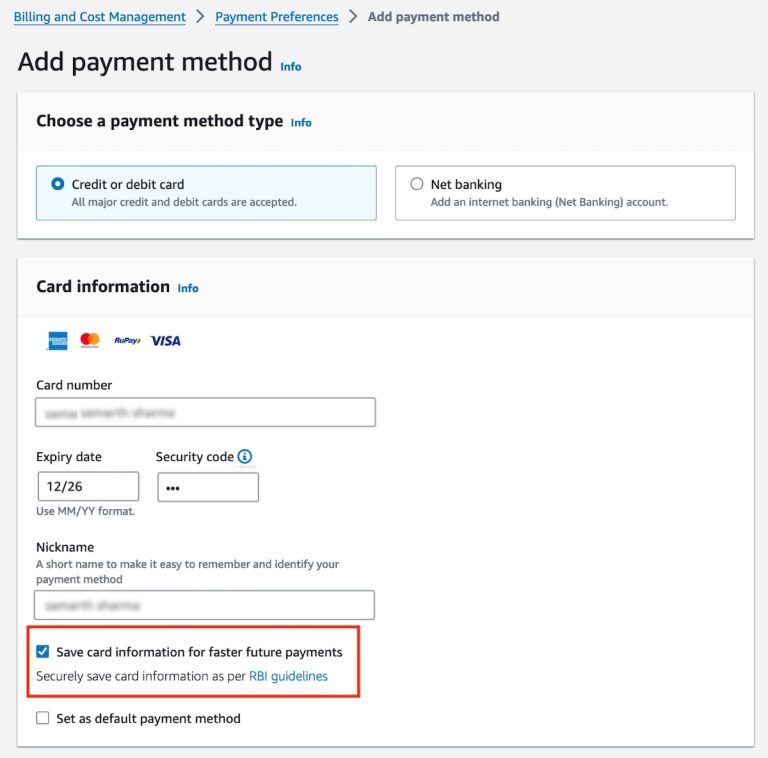The Linux kernel is the beating heart of any Linux Operating System (OS), a formidable software layer that sits at the core of the computing experience, facilitating communication between hardware and software. While many users may never need to tweak this core, there are those who, by delving into kernel customization, unlock a new realm of performance, security, and compatibility. This article embarks on a detailed exploration of Linux kernel customization, offering insights into the why, the how, and the profound impact it can have on your system.
The Catalysts for Kernel Customization
Why would one venture into the complex territory of kernel customization? The motivations are as varied as the users themselves but often revolve around the following:
- Optimized Performance: Customizing the kernel allows for the removal of redundant modules and the fine-tuning of system parameters, leading to faster boot times, quicker application launches, and overall snappier performance.
- Enhanced Security: A streamlined kernel, rid of unnecessary drivers and modules, presents fewer attack vectors, fortifying the system against potential vulnerabilities.
- Bespoke Hardware Support: For those employing unique or cutting-edge hardware, customizing the kernel ensures compatibility, unlocking the full potential of their setup.
- Specialized Use Cases: From gaming rigs requiring rapid Input/Output (I/O) to servers needing stability and uptime, kernel customization tailors the system to meet specific demands.
The Anatomy of the Linux Kernel
Before diving into customization, understanding the kernel’s architecture is paramount. The Linux kernel encompasses several key components:
- Process Scheduler: Manages CPU time allocation among processes, ensuring efficient task execution.
- Memory Management: Oversees system memory allocation, swapping, and paging, crucial for system stability and performance.
- File Systems: Handles data storage and retrieval, supporting various file system types.
- Network Stack: Manages network communications, a critical aspect of system connectivity.
- Modules and Drivers: Allow the kernel to interface with hardware, with modules offering the flexibility to add or remove hardware support dynamically.
Setting the Stage for Customization
Embarking on kernel customization requires preparation. First, a development environment with essential tools like GCC (GNU Compiler Collection), make, and libncurses for menu configurations must be set up. Next, the source code for the Linux kernel needs to be obtained, typically from the official Linux kernel website or through a distribution’s repositories.
The Customization Odyssey
Configuration
The journey begins with configuration, a step that determines what features and modules the kernel will include. Tools such as make menuconfig offer a graphical interface to toggle options, guiding users through the myriad of possibilities.
Compiling the Kernel
With the configuration set, the next phase is compiling, transforming source code into a runnable kernel. This process is initiated with commands like make and make modules_install, a meticulous procedure that can take time, depending on the system’s capabilities and the kernel’s complexity.
Installing the Custom Kernel
Post-compilation, the new kernel is installed. This involves copying the kernel image to the boot directory and possibly updating the bootloader configuration to include the new kernel as a boot option, ensuring that the system can start up using this custom core.
Testing and Validation
The final step is testing, where the system is rebooted into the new kernel. This phase is crucial for verifying that the system operates as expected, with all hardware recognized and functioning correctly.
The Post-Customization Voyage
Customizing the kernel is not a one-off adventure. It requires commitment, with ongoing maintenance to apply security updates and adapt to new hardware or software requirements. Moreover, while the benefits—enhanced performance, improved security, and tailored hardware support—are compelling, the risks of system instability or incompatibility also loom large, necessitating a cautious approach.
Illuminating Success Stories
Theoretical knowledge aside, the true value of kernel customization is best illustrated through case studies. From organizations that have optimized their server farms for energy efficiency to enthusiasts who have breathed new life into aging hardware, these stories underscore the transformative potential of a custom kernel.
Conclusion
Linux kernel customization is a journey of discovery, offering a deeper understanding of the operating system’s inner workings and the satisfaction of crafting a tailored computing environment. While not devoid of challenges, the rewards in terms of performance, security, and learning make this a worthy endeavor for those willing to delve into the heart of Linux.






